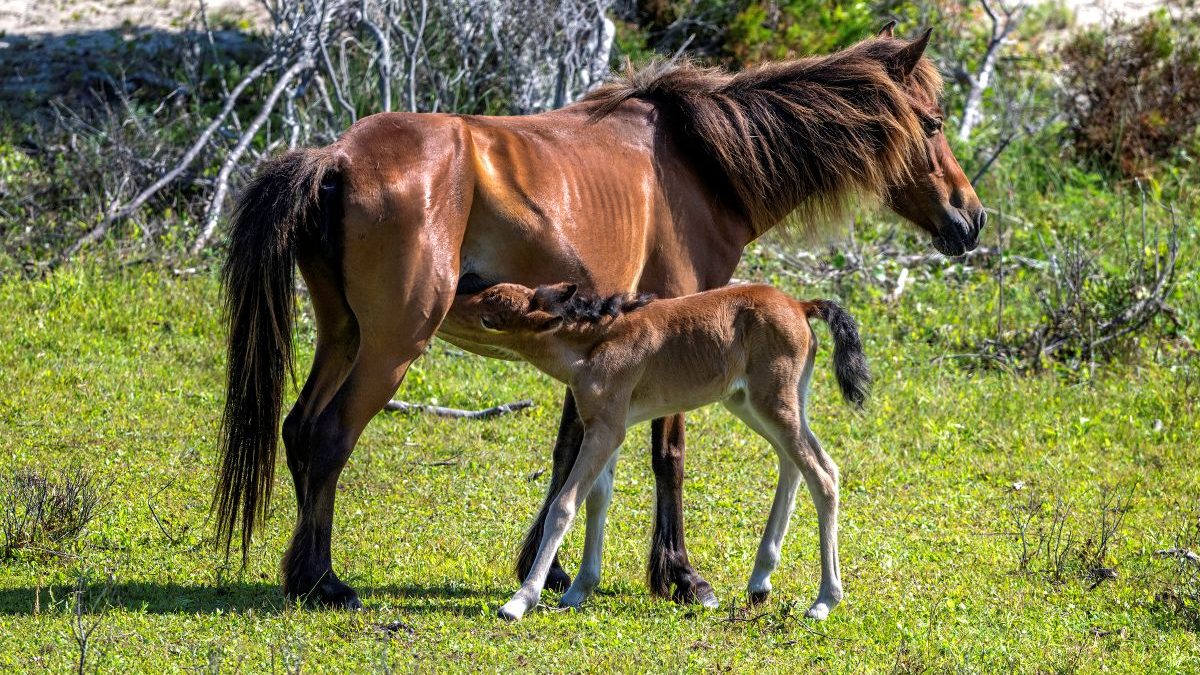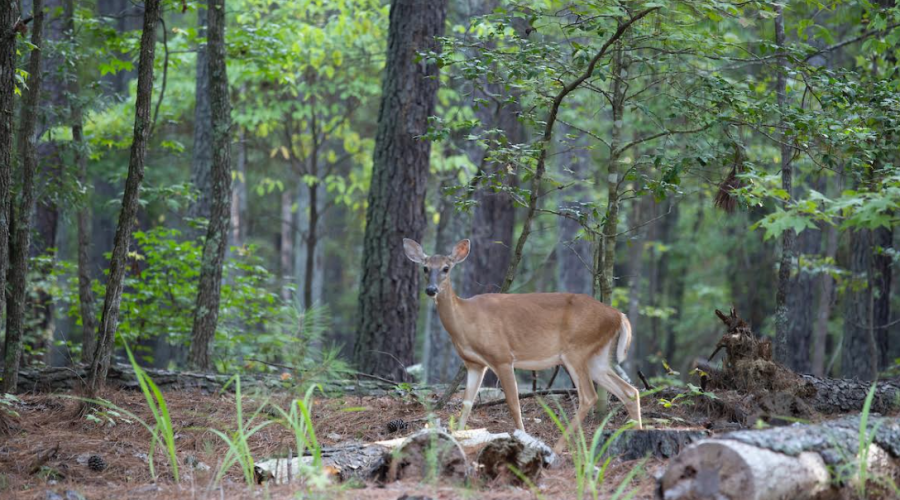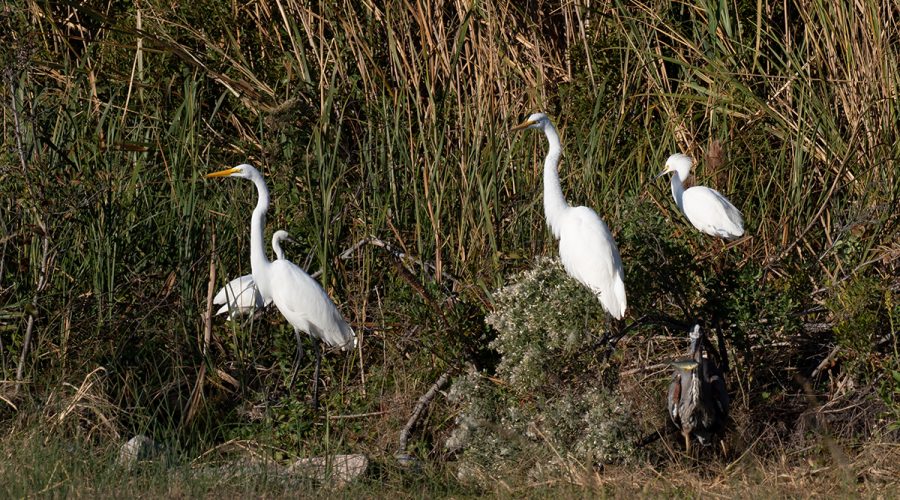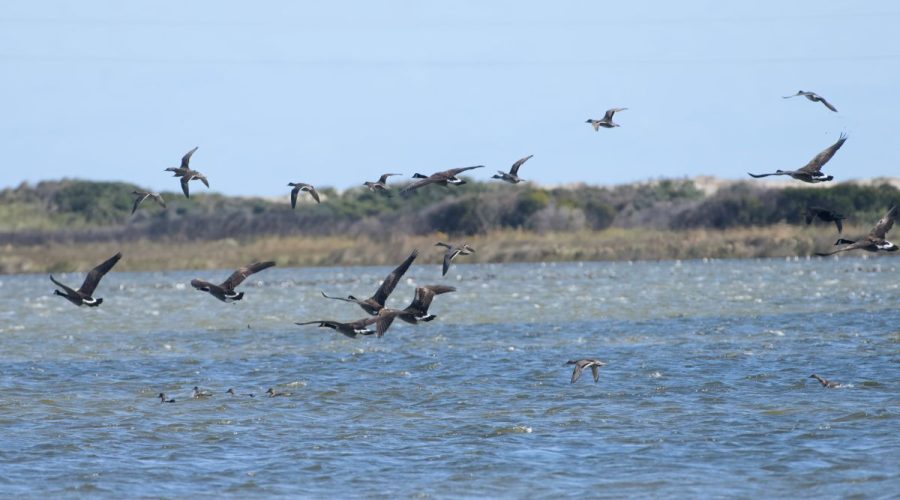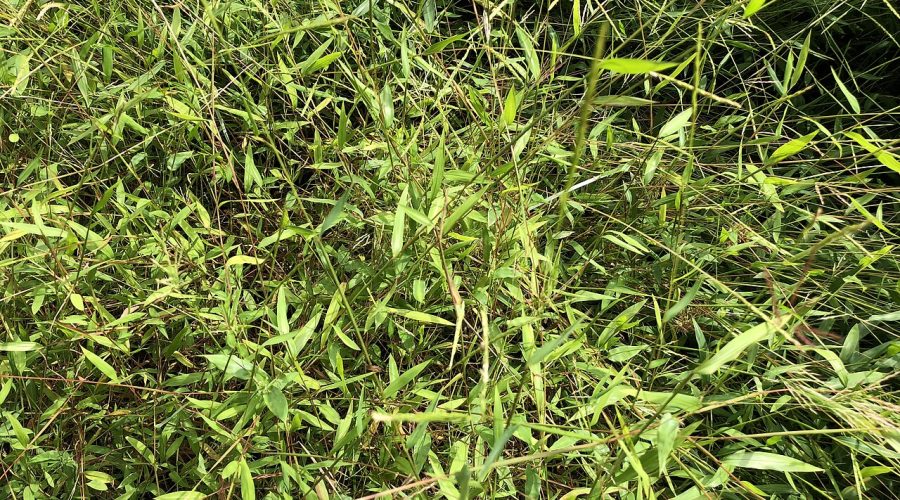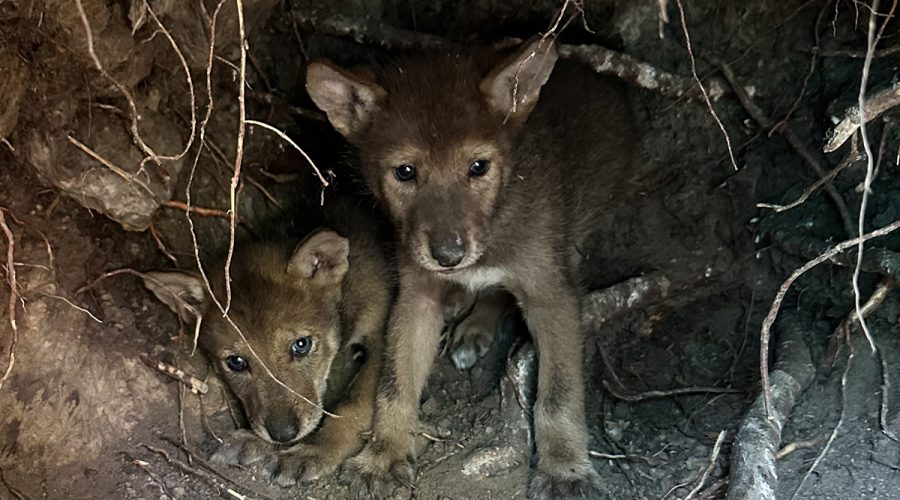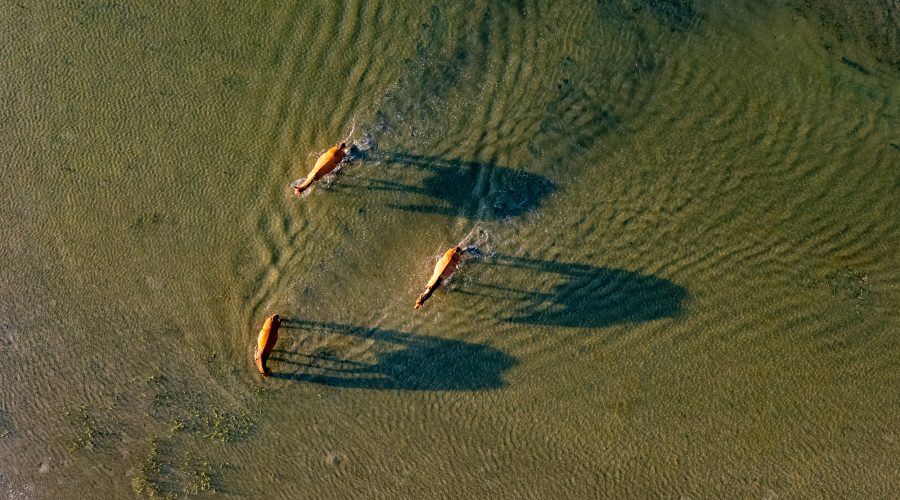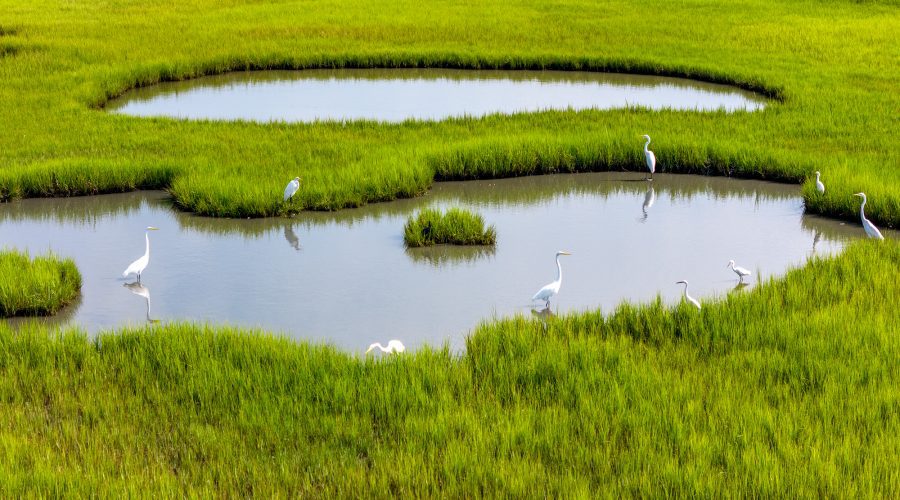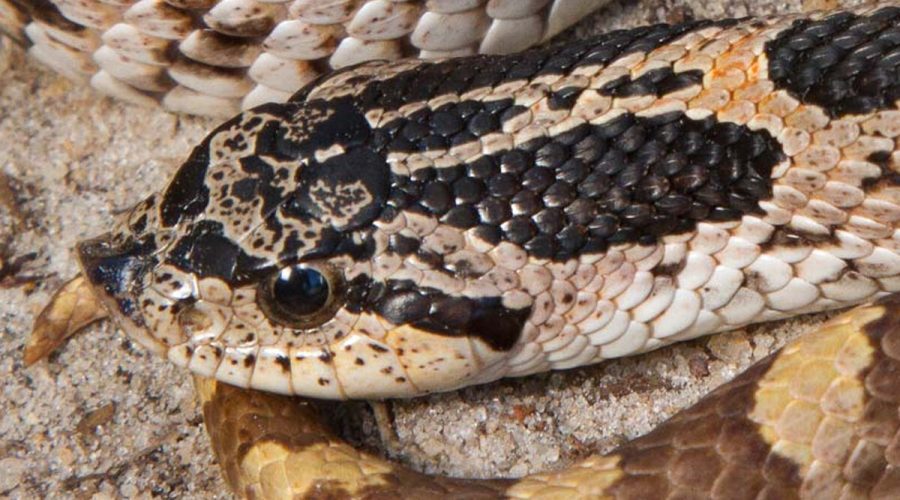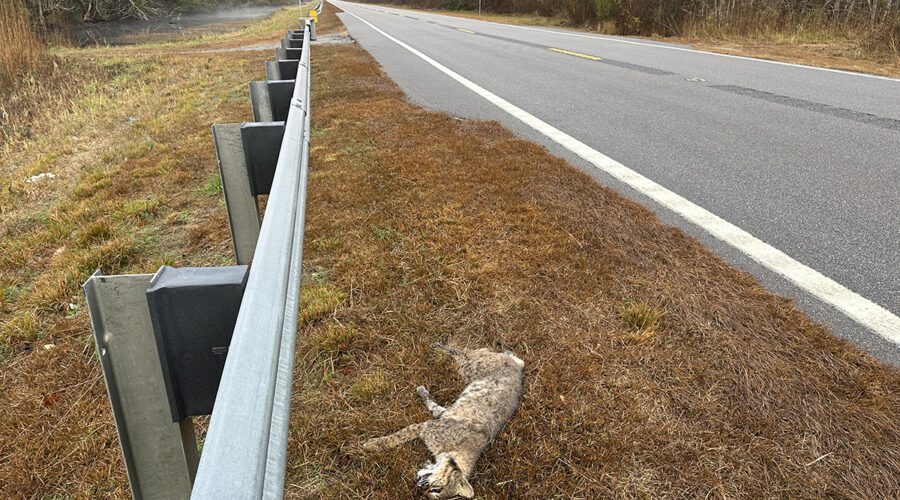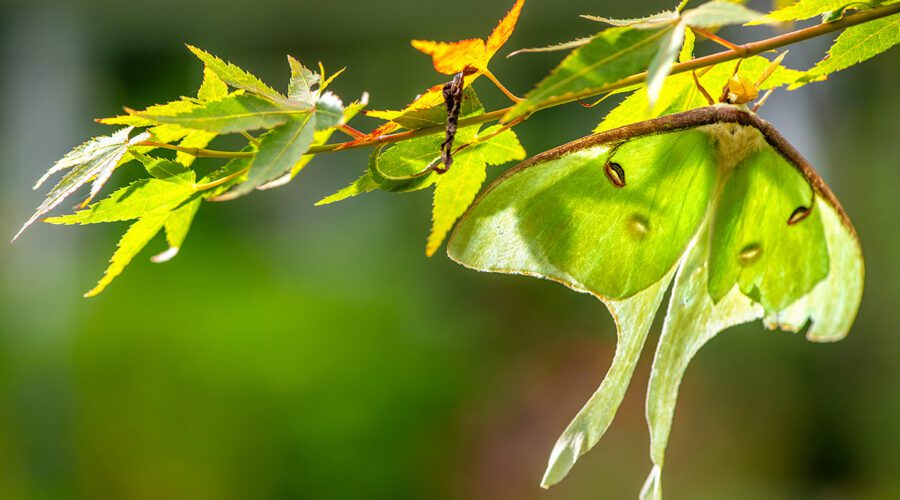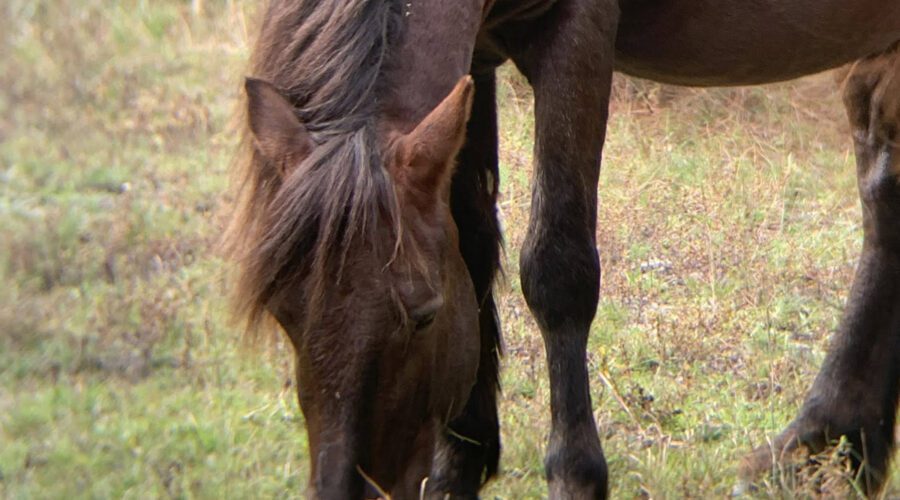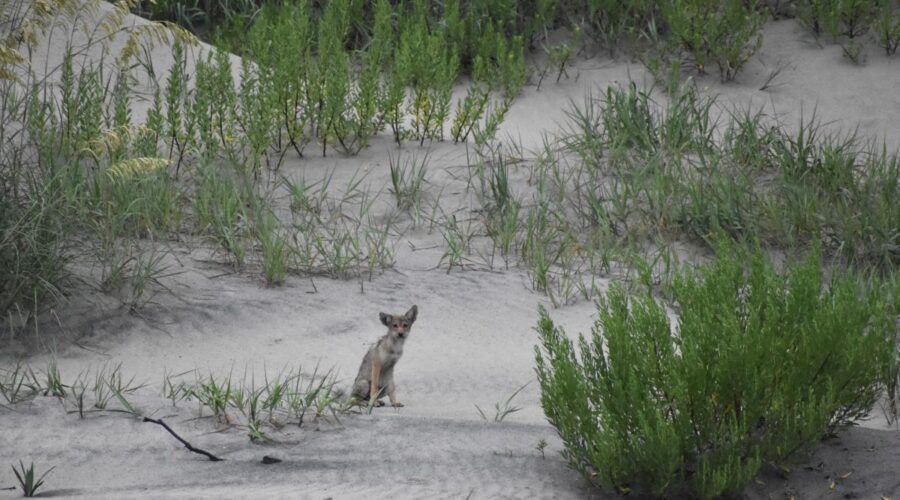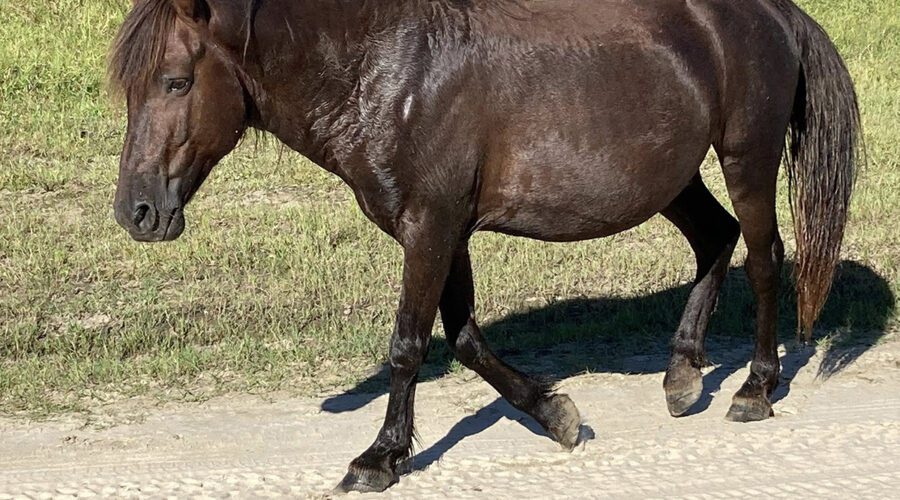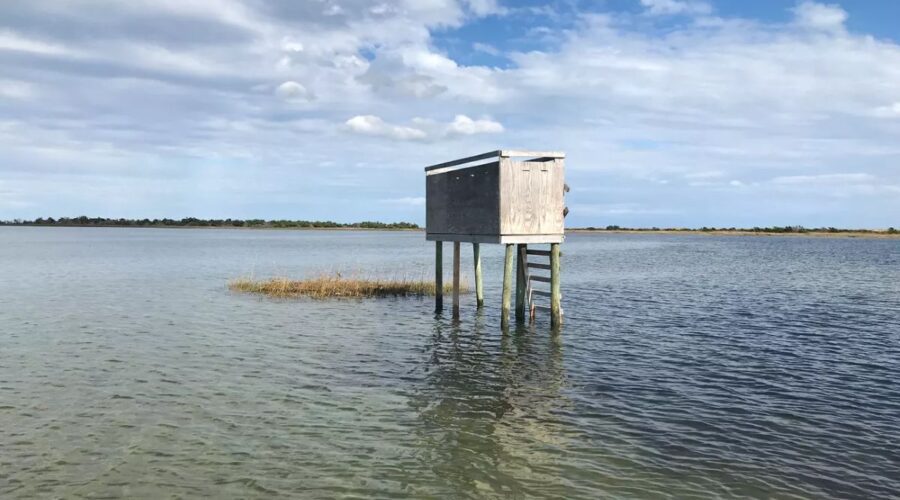The third season for the persistently protective volunteers was off to a rough start with abandoned foals having to be removed from the herd, but summer turned around with a filly’s birth on Shackleford Island.
Wildlife
Deer in eastern county may have had chronic wasting disease
A deer harvested in Edgecombe County has preliminarily tested positive for the disease, which would be the states 35th confirmed case since 2022, the North Carolina Wildlife Resources Commission said Tuesday.
Shorebirds flock to restored pond at Pine Island sanctuary
Staff at the Donal C. O’Brien, Jr. Sanctuary and Audubon Center in Corolla are crediting a recently completed habitat-restoration project with luring birds and wildlife back to a previously problem-prone pond.
Tabb’s Trails: Along the North Pond Wildlife Trail
Saturday, Oct. 18, turned out to be a remarkable day on the half-mile trail behind Pea Island National Wildlife Refuge’s visitor center, with rarely seen species and migratory waterfowl.
Merchants Millpond invasive species removal set for Sunday
North Carolina Wildlife Federation’s Wildlife Habitat Stewards of Northeastern NC has organized the hands-on volunteer effort from 1 to 3 p.m. Sunday to uproot the invasive Japanese stiltgrass along the park’s Coleman Trail.
Biologists heartened by red wolf program’s recent successes
While still far from recovered, more endangered eastern red wolves in northeastern North Carolina are breeding, more pups are surviving, coyote hybridization has been cut, and there are fewer mortalities from vehicle strikes and gunshots.
Wild herd, long shadows
Wild horses cross tidal waters from Town Marsh to Bird Shoal along Beaufort’s barrier islands, which are part of the Rachel Carson Reserve, in Carteret County. The cluster of islands includes Carrot Island, Town Marsh, Bird Shoal, and Horse Island, and the horses are descended from those brought to the islands by a Beaufort area resident in the 1940s, according to the North Carolina Department of Environmental Quality. The state manages the horse population for its health and for the health of the environment, but the herd is otherwise left to fend and forage for itself. Photo: Dylan Ray
Coastal habitats are North Carolina’s hidden climate engines
North Carolina’s abundant coastal wetland ecosystems are highly effective carbon storehouses, serving to slow climate change’s pace while also providing vital fish nurseries, wildlife havens and storm buffers.
US Fish and Wildlife proposes listing Southern hognose snake
More than 12 years after the Center for Biological Diversity petitioned the agency, its officials proposed on Thursday listing the southern hognose snake as threatened under the Endangered Species Act.
Conservation group’s US 64 study finds ‘remarkable carnage’
More than 5,000 vertebrates representing 144 species of wildlife were killed on U.S. Highway 64 just halfway through a two-year survey.
Night flyer out on a limb
A male luna moth, or Actias luna, finds a perch in the branches of a Japanese maple near Russell Creek in Beaufort. The easily identified species flies mostly at night and is found statewide this time of year in and near hardwood forests, wooded residential areas and, on North Carolina’s barrier islands, in maritime forests. Adult luna moths do not feed and live off food they consumed as caterpillars for the moths’ seven- to 10-day lifespan.
Driver who struck wild horse in Currituck County identified
Trevor Odell Belcher of Greenville, Tennessee, was driving a 2010 Chevrolet, traveling south on Sandfiddler Road when he struck the horse that was crossing in the path of his vehicle.
Coexisting with coyotes workshop set for Aug. 27 in Ocracoke
Cape Hatteras National Seashore and the N.C. Wildlife Resources Commission are cohosting the public workshop on coyotes.
Driver strikes, kills 10-year-old stallion in Currituck County
Francisco was an otherwise healthy wild horse with a harem of four mares, a yearling colt, and a four-month-old colt.
Cape Lookout duck blind permit lottery to run Aug. 26-28
Lottery winners will be able to select their duck blind location within the Cape Lookout National Seashore during in-person appointments Sept. 12 at the Harkers Island visitor center.
State wildlife agency seeks conservation steward nominations
The N.C. Wildlife Resources Commission is accepting nominations for the annual Thomas L. Quay Award through Friday.

